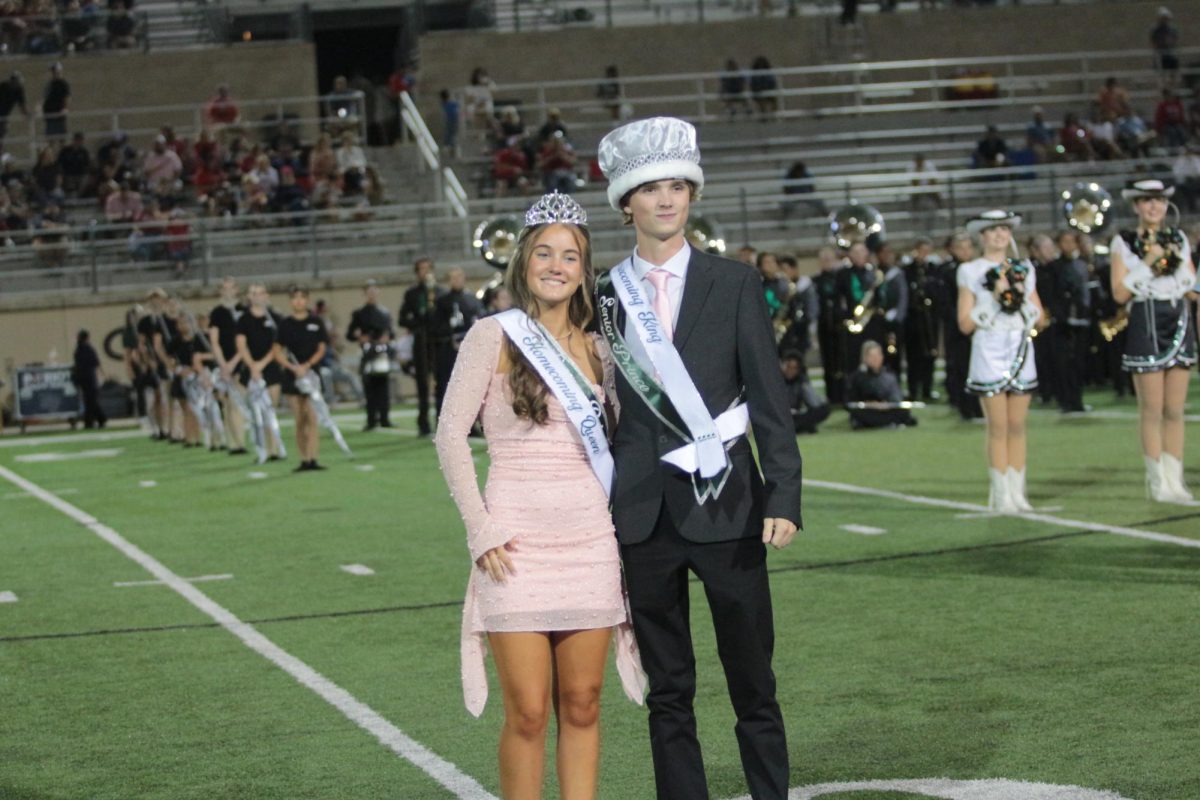On December 19, 1834, author Charles Dickens published his story A Christmas Carol, an apparently timeless holiday classic that has not been out of print for nearly 150 years. Since then, there have been numerous film adaptations and parodies among the writing and film community. The latest manifestation of this Christmas tale came in the form of the November 6, 2009 release of Disney’s A Christmas Carol, directed by Robert Zemeckis and starring Jim Carrey as the infamous miser, Ebenezer Scrooge.
Just like the original manuscript from Charles Dickens, A Christmas Carol follows the events that transpire over the period of a single night, as the cynical and antagonistic Scrooge is visited by the three ghosts of Christmas. These three spirits attempt to change Scrooge’s outlook on the winter holiday by showing him the flickering memories of his past, the present trials that his distaste for Christmas has brought upon the people close to him and, eventually, where all of these misgivings and anger will lead if Scrooge continues on this path.
All I can really say at this point is that the story seems a little tired in this film, yet still completely reminiscent of Dickens’s work, which I do respect. These two factors pile into quite a conflict of interests.
Using cutting edge visual effects – comparable to those used in the film The Polar Express – this movie tries to bring the original text from Dickens back to life in a supposedly new way that only today’s technology can handle. The computer graphics of this moving are some of the best of our time, but the story is nothing new from what you’ve seen before, which leads me to believe that this is simply a modernization of the story, rather than the retelling the movie claims to be.
Overall, the film was not that impressive, but not a failure either – it’s really right on the fence. I was surprised to see how close they remained to the actual text from Dickens. But overall, I was disappointed to see the same basic repeat of every other adaptation ever made of this story, except with computer-generated images and big names like Carrey to help expand the fable. The film may have bored me, but I must admit that it still does hold the Christmas time luster that the original story always seems to possess.
However, I really expected this movie to go outside the box that Charles Dickens originally created and show us something new, something that would create more of an enticement without drastically changing the story.
Perhaps releasing it in November, instead of December, was a mistake. A Christmas Carol has grossed roughly $52-million in worldwide ticket sales so far, but it has a long way to go to repay its original film budget of almost $200-million. And in the community of film critics, the film is receiving an overall rating of “average” at best.
In my honest opinion, this story has been bent and twisted so much to fit the current culture and to somewhat modernize the entire story, with just about every idea that could be conceived having already been done, that it’s lost the certain ghost-story/Christmas tale flare that Charles Dickens was able to put into his original novel.
Like many of the other adaptations of this movie, however, I’m sure it will go down as a timeless classic to some, and an utter blunder to others.
All in all, it’s a decent Christmas film, with a few interesting aspects that may keep you in your seat. But I was not as exhilarated after leaving the theater as I expected to be after seeing such a film. However, I’d still recommend it as a great family film for the holidays.
If you’re a fan of Jim Carrey, or perhaps you just enjoyed the atmosphere that The Polar Express produced, check out the 2009 film adaptation of A Christmas Carol, also available for viewing in IMAX theaters.










![Broadcast, yearbook and newspaper combined for 66 Interscholastic League Press Conference awards this year. Yearbook won 43, newspaper won 14 and broadcast took home nine. “I think [the ILPC awards] are a great way to give the kids some acknowledgement for all of their hard work,” newspaper and yearbook adviser Paige Hert said. “They typically spend the year covering everyone else’s big moments, so it’s really cool for them to be celebrated so many times and in so many different ways.”](https://cphswolfpack.com/wp-content/uploads/2025/05/edited-ILPC.jpg)





![Looking down at his racket, junior Hasun Nguyen hits the green tennis ball. Hasun has played tennis since he was 9 years old, and he is on the varsity team. "I feel like it’s not really appreciated in America as much, but [tennis] is a really competitive and mentally challenging sport,” Nguyen said. “I’m really level-headed and can keep my cool during a match, and that helps me play a bit better under pressure.” Photo by Kyra Cox](https://cphswolfpack.com/wp-content/uploads/2025/09/hasun.jpg)

![Bringing her arm over her head and taking a quick breath, junior Lauren Lucas swims the final laps of the 500 freestyle at the regionals swimming competition on date. Lucas broke the school’s 18-year-old record for the 500 freestyle at regionals and again at state with a time of 4:58.63. “I’d had my eye on that 500 record since my freshman year, so I was really excited to see if I could get it at regionals or districts,” Lucas said. “ State is always a really fun experience and medaling for the first time was really great. It was a very very tight race, [so] I was a bit surprised [that I medaled]. [There were] a lot of fast girls at the meet in general, [and] it was like a dogfight back and forth, back and forth.” Photo by Kaydence Wilkinson](https://cphswolfpack.com/wp-content/uploads/2025/03/Kaydence-2.7-23-edit-2.jpg)
![As her hair blows in the wind, senior Brianna Grandow runs the varsity girls 5K at the cross country district meet last Thursday. Grandow finished fourth in the event and led the varsity girls to regionals with a third place placement as a team. “I’m very excited [to go to regionals],” Grandow said. “I’m excited to race in Corpus Christi, and we get to go to the beach, so that’s really awesome.” Photo by Addison Bruce](https://cphswolfpack.com/wp-content/uploads/2025/10/brianna.jpg)











